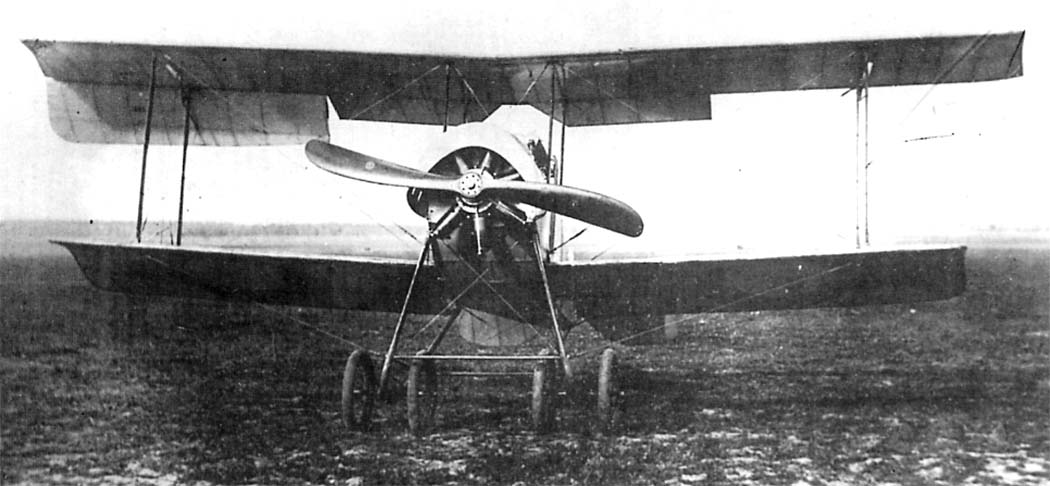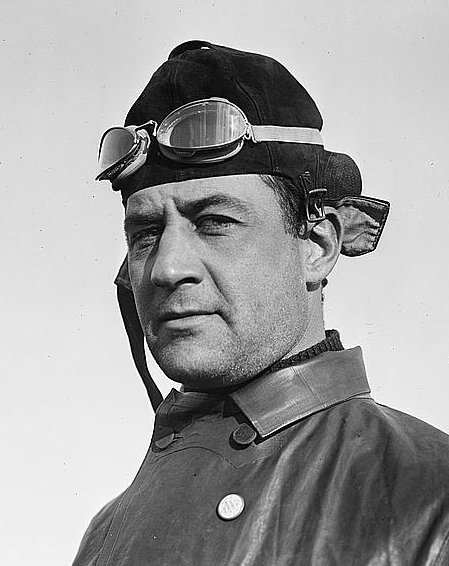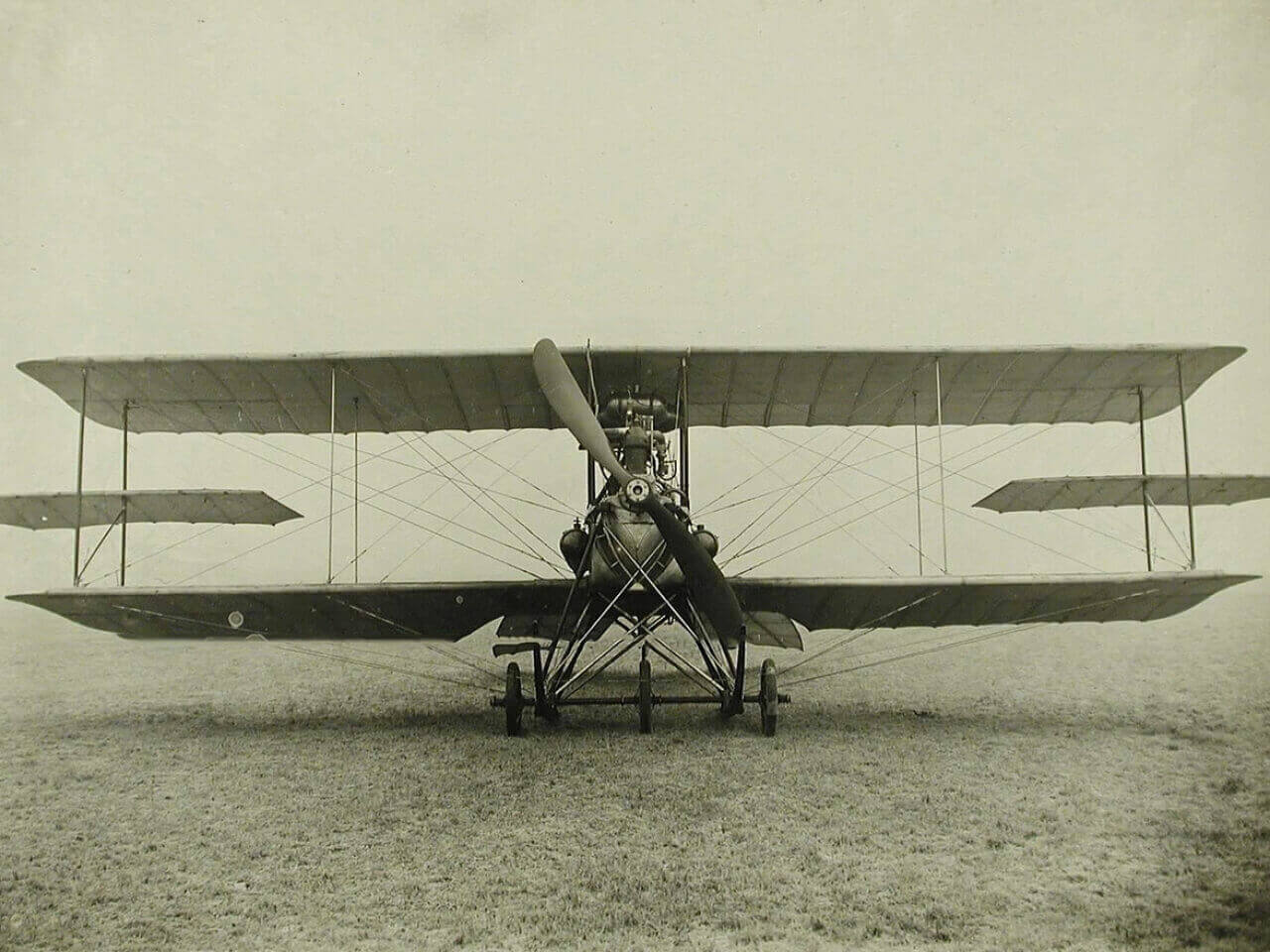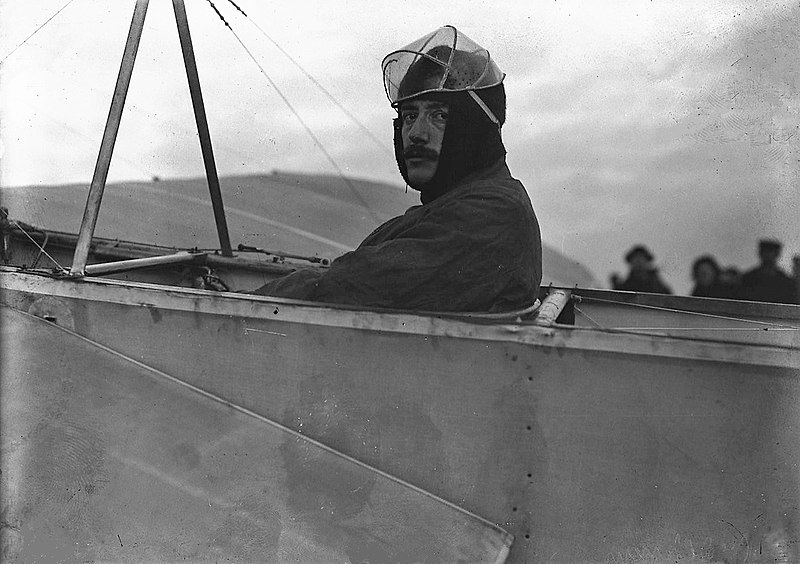At the beginning of the 20th century, large Canadian cities organised public demonstration flights on aircraft. The development of the aviation industry was an extremely important step and required considerable human resources. In the past, aircraft flights seemed unimaginable. However, over time, humanity gradually began to master the airspace and use these skills in everyday life. Learn more at toronto-future.
The first aircraft flew over Toronto in 1909 and it became quite a sensation. The mass media wrote enthusiastically about the event. In 1910, several brave pilots demonstrated their skills in turns and every trick caused applause from the audience.
The first aircraft over Toronto

In 1909, Charles F. Willard was the first to show Toronto residents the wonders of gliding. It happened at Scarborough Beach Park. Willard wasn’t a successful pilot by the standards of his time, but he managed to surprise the local population. He took the Curtiss aeroplane into the air three times, but each time he landed in an unplanned place.
In the summer of 1910, the first Canadian aviation event was organised in Montreal. It didn’t bring the expected financial benefit but raised considerable public interest. Competitions and solo performances were conducted by already popular aviators who had similar experiences in other countries.
After a week-long event in Montreal, a similar spectacle was staged in Toronto. It was organised by the Ontario Motor League. The same participants demonstrated their capabilities in front of the public on the same aeroplanes as in Montreal. The venue was the site that belonged to the Tretheway family. It was a working farm near Weston.
The organisers had to carefully prepare for the event and think everything through down to the smallest detail. They cleared an area in the middle of a pea field for a runway, found a place for aeroplane parking, placed a stand for 6,000 people and a temporary restaurant. Adjustments were also made to the operation of trains. Thus, people could get to the airfield without problems and craftsmen arrived on time to repair aircraft. Car owners could leave their vehicles in a specially equipped parking lot.
What was the first aviation event in Toronto?

Ralph Johnstone
Among the most famous participants of the aviation show in Toronto were Ralph Johnstone, Walter Brookins, Duval La Chapelle, Gardiner Hubbard, Cromwell Dixon and others.
Most of all, the public was waiting for the speech of Count Jacques de Lesseps. He was the son of the prominent French diplomat Ferdinand de Lesseps. Previously, the pilot successfully flew over the English Channel on the monoplane Le Scarabée. This aircraft was designed by the French aviator and engineer Louis Blériot. In addition, Jacques de Lesseps was the first pilot to fly directly over Montreal, so his appearance at the Toronto air show was eagerly awaited. He drew a lot of attention from the local press, thus, most of the audience came to see his skills.
The show wasn’t without surprises because several aeroplanes were damaged during transportation by train from the city of Montreal to Toronto. On July 8, 1910, at 7:23 a.m., Jacques de Lesseps was the first to take to the sky in an aircraft created by Blériot. Within five minutes, the pilot circled the field three times before landing successfully to cheers from the crowd.
During the following days, the aviators demonstrated their skills one by one. The largest crowds gathered in the evenings when spectators could join the event after work. The spectacle was attended by such honoured guests as Toronto Mayor George Geary and Lieutenant Governor John Morison Gibson. The event attracted the attention of many engineers who were interested in aviation and understood that “iron birds” would be necessary during military operations.
On July 11, aviator Ralph Johnstone dropped a fake bomb from his biplane. It was a bottle filled with ginger ale, which created the real explosive effect hitting the ground. That same day, Johnstone reached a height of 900 feet. In response, de Lesseps managed to surpass him reaching 1,500 feet in his monoplane. The public took it as a friendly rivalry.
The pilots didn’t stop impressing the audience with interesting tricks. Ralph Johnstone managed to stay in the air for a record 18 minutes while performing exciting manoeuvres. People’s hearts sank every time because a wrong turn could cost the life of the pilot. He felt quite confident and successfully completed his flight.
John G. Stratton’s flight

Unfortunately, not all participants could show themselves at a good level. Some of them simply lacked the skills and abilities to professionally demonstrate their knowledge in practice. On July 12, John G. Stratton made several unsuccessful attempts to take off in his flying machine. As soon as he succeeded, he almost immediately faced problems with the rudder. The pilot managed to avoid a collision with a tree twice but failed the third time.
As a result of the accident, the aircraft almost split into two parts (the rudder and wing suffered the greatest damage) and the aviator miraculously survived. He got stuck in a pine tree 20 feet above the ground and was very scared. After all, the publications of that time wrote that John G. Stratton walked the streets of Toronto in the evening. That wasn’t the first such case for the pilot. The same thing happened to him before in France and the USA.
Jacques de Lesseps and his aviation exploits

Jacques de Lesseps
Most memorable for the audience remained the events of July 13, when Count de Lesseps took his monoplane to a height of 3,000 feet and made three circles over Tretheway’s farm. Then he flew in a southeasterly direction toward downtown Toronto and circled the lake. Later, he changed his course again and reached Spadina Avenue. Only after these manoeuvres did the pilot turn towards the airfield and land there around 20:30. The audience was worried because dusk prevented a successful landing. The mechanics lit gasoline in a metal barrel to show the way, which worked to general applause. The friends immediately picked up de Lesseps and began tossing him up to shouts of approval.
Journalists of the Globe, Telegram and Star publications described that flight in detail. Viewers have long debated the success of the pilot. Even all streetcars stopped and passengers with conductors ran out to see the aviator and his plane. The next day, one of de Lesseps’ friends, Walter Brookins, expressed his opinion about what he saw. He believed that his comrade had done the right thing, even though he had the opportunity to land elsewhere.
The owners of Tretheway’s farm presented de Lesseps with a check for $500. In such a way, they wanted to express their gratitude to the pilot who made the risky flight. This event took an honourable place in the aviation history not only of Toronto but also the whole of Canada. The aviation gathering lasted until July 16, but no one could surpass de Lesseps. Some publications boldly called his feat the greatest spectacle of the 20th century in Toronto.
Jacques de Lesseps remained a favourite of the public for a long time. He was invited to visit the family of the Canadian Northern Railway president, William Mackenzie. The following year, Jacques de Lesseps married Grace Mackenzie, the president’s daughter. The press wrote that the pilot gave up the aviation business after the wedding, but later, made a return. He tragically died in a plane crash in 1927.
Since then, it has become clear that the aviation sector should be developed as much as possible because it opens up many opportunities. The air gathering in Toronto was free of serious accidents, but flying on aeroplanes was not that safe. In 1910, tragic events happened in many cities and took the lives of Ralph Johnstone and Cromwell Dixon.